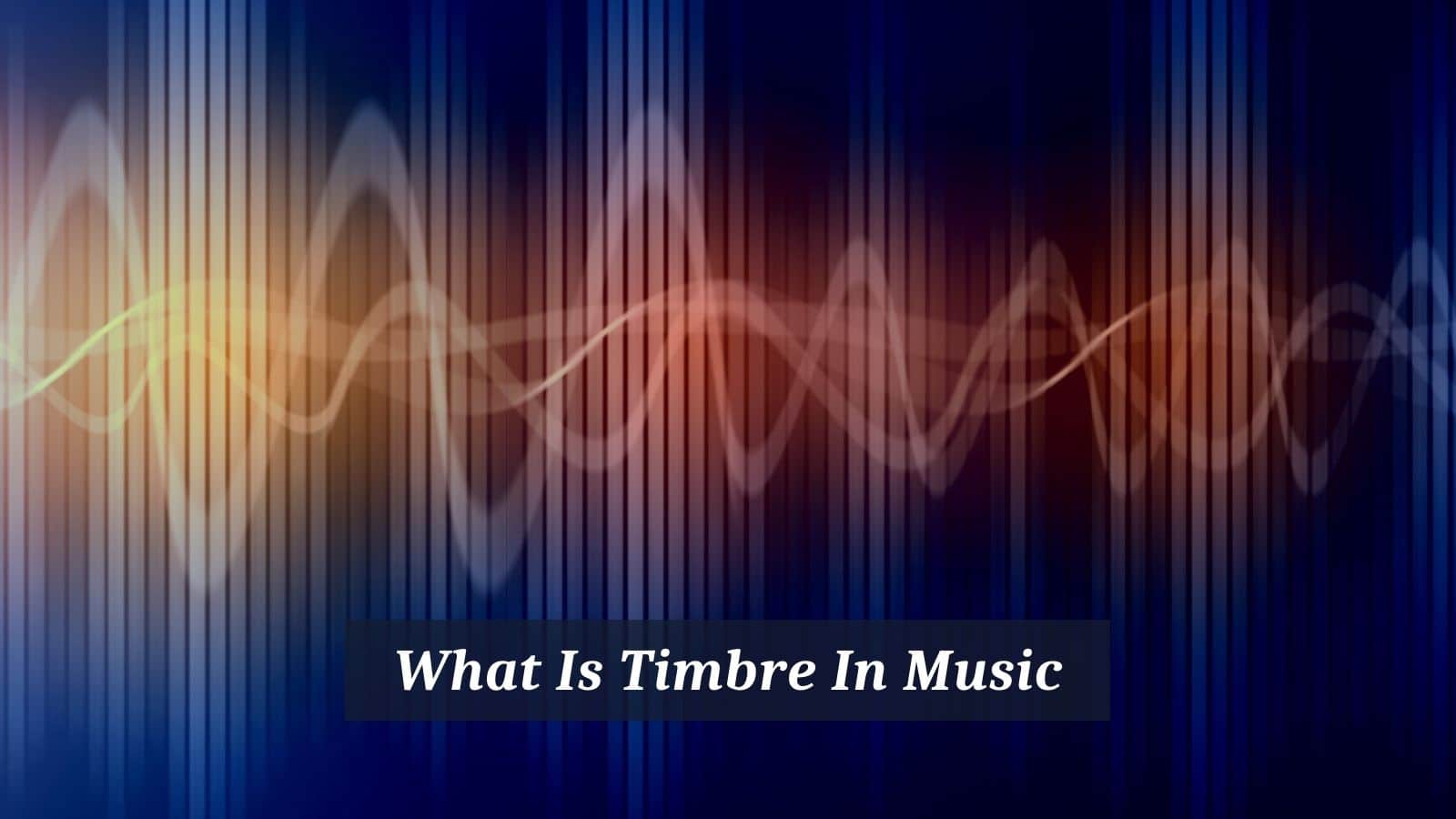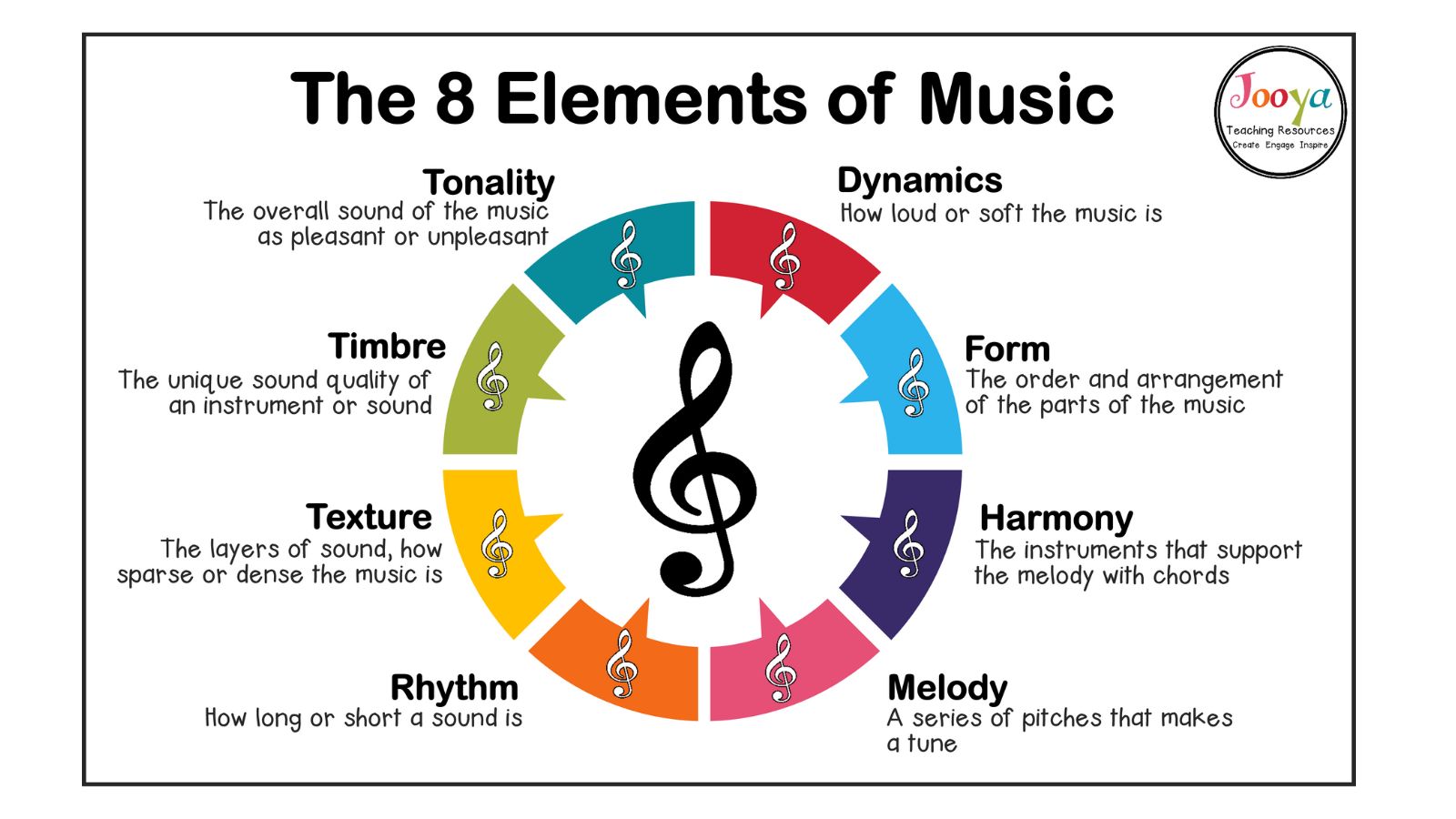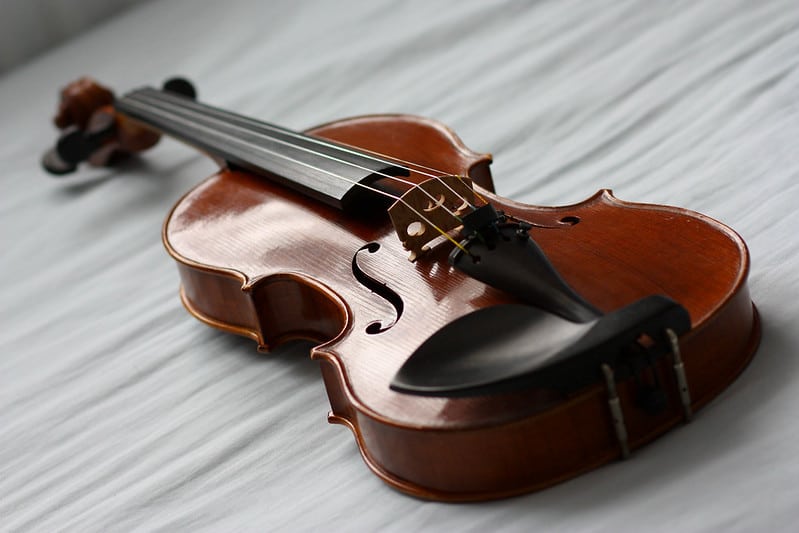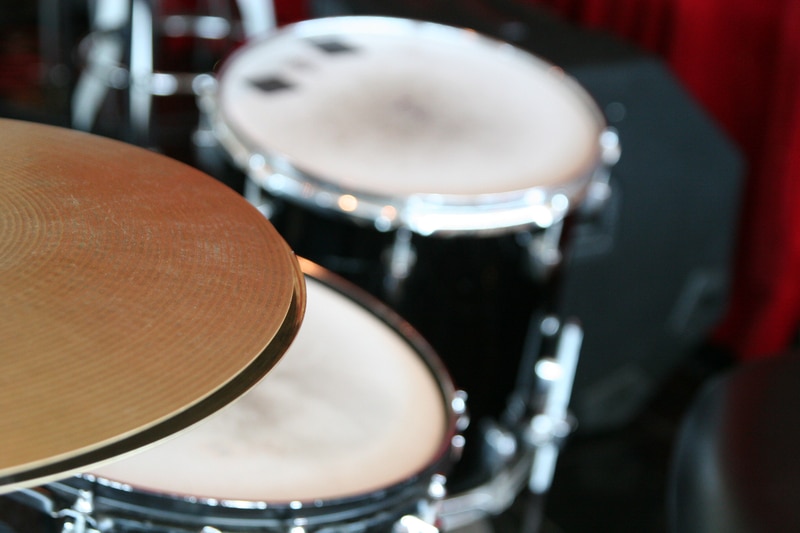
Students in music classes across Europe are regularly taught about the elements of music. This term refers to words that describe vital components that are the mainstay of music.
DISCLOSURE: This post may contain affiliate links, meaning when you click the links and make a purchase, we receive a commission.
They encompass most of the aspects of any given piece of music, allowing for deeper listening, appreciation and even analysis.
Frequently, the elements of music include but are not limited to, melody, harmony, rhythm, structure, texture and timbre. This is quite succinctly captured in the illustration below. You’ll notice they also include dynamics.

What Is Timbre In Music
Timbre or sonority is, as the illustration openly displays, the unique sound of any instrument or voice. It is a surprisingly tough one to grasp initially, as you could reasonably consider every trumpet, clarinet or violin to sound the same.
The thing is, they don’t. Where I find the difference in timbre can be most clearly audible is in the human voice. It provides a solid starting point, especially for younger students, as it offers the opportunity to listen to each other.
Spoken voices are all unique just like voices that are singing. When you take a moment to listen to more than a single person you quickly become aware of the timbral distinctions that make that voice special.
What I’m not talking about is the idea of register although this affects the timbre it does not necessarily define it. Hearing the difference between a bass voice and a soprano isn’t overly demanding but this is not a change of timbre.
Timbre is more bespoke. Perhaps it is helpful to consider the sonorities, or timbre of a particular pair of singers. Take, for example, two great stars of the jazz world; Ella Fitzgerald and Billie Holiday.
If you compare them singing a jazz standard and even if you aren’t familiar with their voices you’ll quite quickly begin to hear subtle differences between them. Not their performance, but the timbre of their voices.
From this simple demonstration of the musical term, it’s not a quantum leap to arrive at a brighter understanding of what timbre is. The unique sound quality of voices carries over into the realms of other instruments.
Every instrument you can think of will have its particular, individual, unique timbre. From the humble tin whistle to the Stradivarius violin, there will be a truly distinctive sound that identifies that instrument.
When contemplating instrumental timbres there are numerous options. If you are just starting out learning the piano, you perhaps are not able to distinguish one piano from another.
They may feel different and respond differently when you play them, but the timbres probably sound very similar.
If you are fortunate however, to be learning on an instrument of good or exceptional quality, you may already be aware of the timbral nuances of your piano in comparison to someone else’s, or a recording you’ve heard.
For the experienced amateur pianist or the professional, the timbre of their piano is extremely important to them. They will know the finer details of its sonic characteristics and perform accordingly.
Playing on an alternative piano would not yield the same results, and the performer would have to approach the piece in a discretely distinct way. It is not uncommon for concert pianists who can request such things, to have their own piano installed in a concert hall rather than use the one available.
Having mentioned Stradivari, it’s worth taking a moment to consider these remarkable instruments. From experience, I have found string players to be particularly discerning about their choice of instrument and their preference for an exclusive timbre.
The irreplaceable timbral qualities of these rare violins are so exceptional that they command eye-watering prices. It is the drive to acquire an instrument that has no match that dictates the price tag.
At the very top end of the string family instruments produce unique timbral qualities and can define an artist. Would Joshua Bell sound like Joshua Bell without his historic violin?
Other instruments follow. At one time, the sound of a Boosey & Hawkes 1010 clarinet was the ideal many clarinettists aspired to. The timbre was rich, woody, round and full. Times changed and the French clarinet sound began to dominate the woodwind world.
Each clarinet was quite distinct in its resulting timbre. For several years now there are professional clarinet makers who are independent of larger brands.
These talented individuals have carved out their market as a result of producing instruments with particular timbral qualities that appeal to instrumentalists.
I do not wish to overlook the importance of timbre in percussion instruments. You may feel that one drum is much the same as another, but once again you would be mistaken.
In just the same way as other instrumental families, percussionists are rightly discerning when it comes to selecting their instrument(s). In fact, it’s a bit of a minefield.
There are many outstanding manufacturers of drum kits. In the production of a kit consider that the wood to construct the kit makes a huge difference to timbre, the size and shape of the drum, the skins, and the braces and clasps that hold the drum together.
Cymbals are another huge conundrum. Which size, metal type, thickness and design? Like any other musician, the instrument can single out a performer; mark out their individual sound and make them distinct.
Orchestral percussion is equally troublesome when selecting timpani, a vibraphone, marimba, xylophone, a set of crotales, tam-tams, or glockenspiel to highlight only a few.
Depending on the manufacturer each instrument will have different timbres and the selection of these can and often does make a sizable difference to the sound of that percussionist.
Timbre is vital component of music. It presents many challenges for the singer and instrumentalist alike. It also enables musicians to distinguish themselves from their peers and become recognised and celebrated for their sound.



